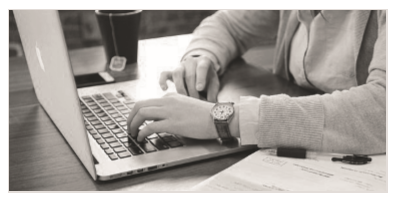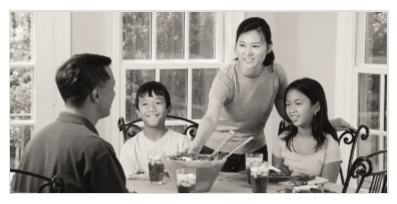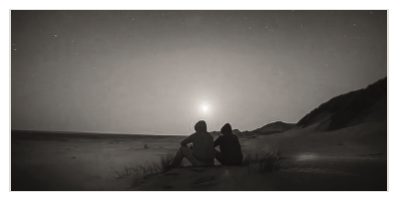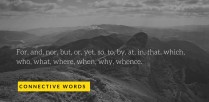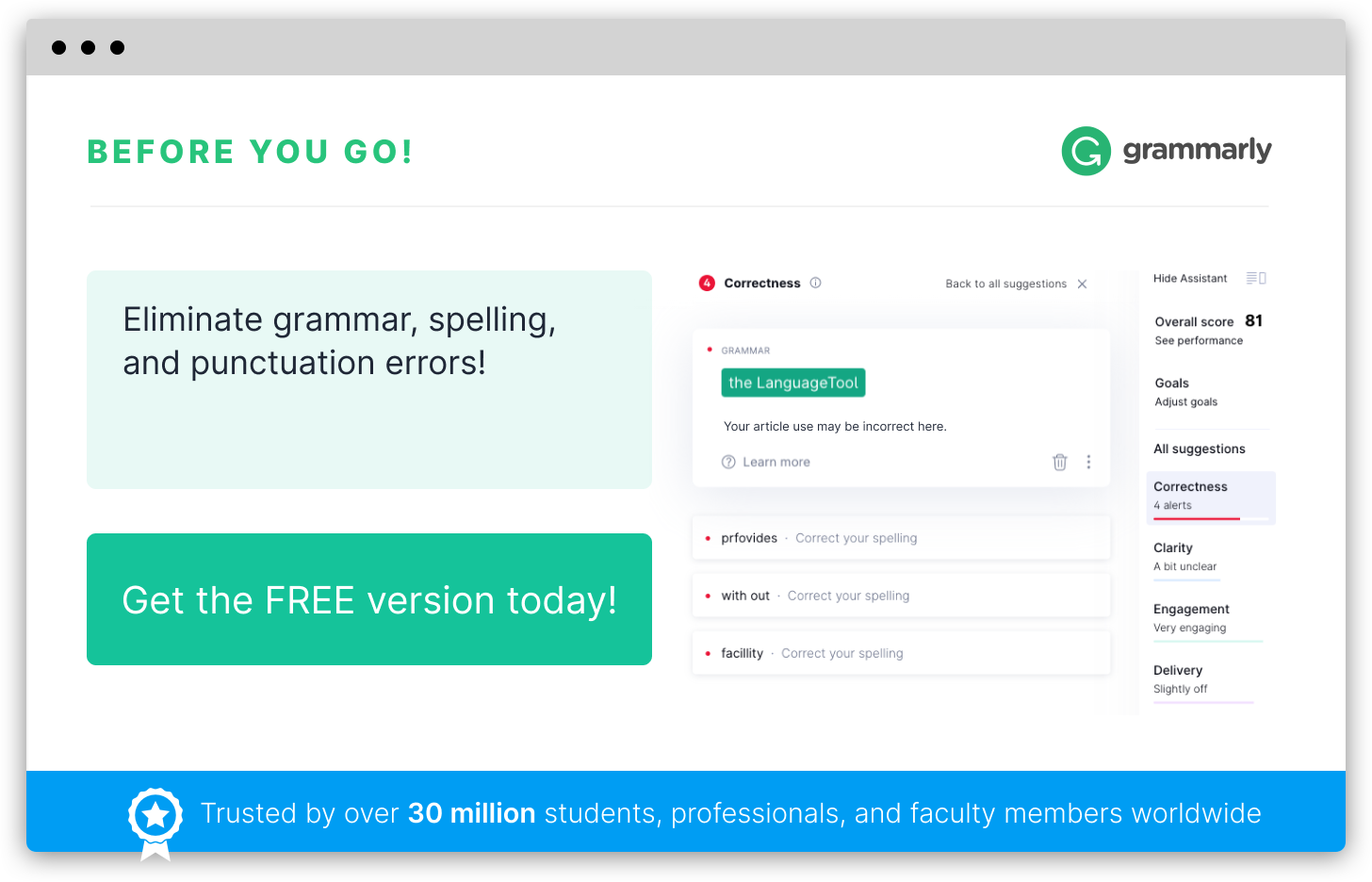Today is a great day. We are going to study the present continuous tense. In order to make present continuous construction, we do the following:
Recall the present tense form of the verb to be:
|
I am |
|
|
We/You/They are |
|
|
She/He is |
Add the infinitive form to the main verb by adding “ing.”
Study the result: I am do + ing = I am doing.
|
You are doing |
|
|
We are doing |
|
|
They are doing |
|
|
She is doing |
|
|
He is doing |
This is easy, isn’t it?
There are some moments in our lives that we want to describe as soon as possible, right now:
|
|
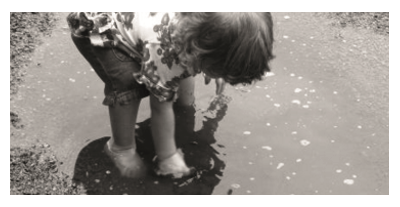 |
|
| Mom, I am studying, please don’t enter my room. | What are you doing here? What’s all this mess? |
|
|
|
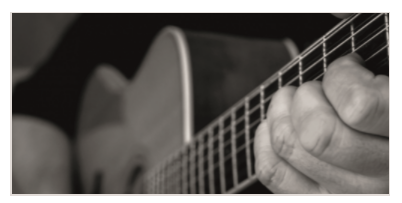 |
|
| I am sorry, but I have a lot of homework from our English teacher, so I am learning new words now. I will clean up my room after. |
He is playing the guitar. |
|
|
|
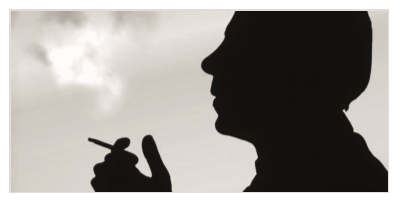 |
|
| We are eating; we are not watching TV. | Are you smoking out there? Close the door behind you, please. |
|
|
|
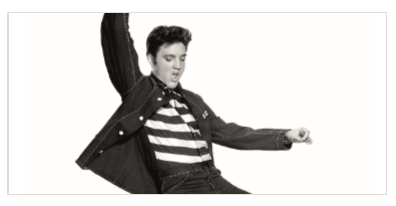 |
|
| What are they looking at? They are looking at the stars in the sky. |
I am not kidding. Look! He is dancing!
|
|
We use the present continuous tense when we talk about actions that are being performed right now.
Please note: if we speak about things in general or that are regularly repeated, we use the present tense:
It rarely rains in this region.
She eats eggs every day.
Puppies always wag their tails.
Every day I go to the gym.
You are a teacher, but you are not teaching us now.
We play football in that yard.
He studies till late in the evening.
We also use the present continuous tense when talking about our future intentions:
I am going to see my friends tonight.
You are not going to spoil your soup by including those suspicious-looking ingredients?
We are going to have a cup of coffee.
Are they going to spend their whole lives in front of the TV?
She is not going to live in England, but she is going to speak English because she needs it for work.
Is he going to study mathematics or biology?
Let’s sumе up!
We make the present continuous tense using the verb to be in the present tense, then adding ing to the main verb.
To form the negative, we add “not” (or “n’t”, for short) to the verb to be, e.g. I am not going there alone! He isn’t working now; it is his weekend today.
To ask questions, we place the verb to be in front of the pronoun, e.g. Are they looking at us?
Please, note: there is a list of verbs with irregular endings:
If the verb ends with “e” we take it off and add “ing”: dance +ing = dancing.
In most cases, еif the verb has only one syllable and ends with a consonant, we double that ending consonant: shop +ing = shopping.
Just one more secret here… when we use the present continuous tense to speak about our future intentions, these are more certain than those in future simple tense. So, if I say, “I am going to have a cup of tea,” I am saying it as though I am determined to do it right now. But if I say, “I will have a cup of tea,” I am a little less certain about it happening straight away.




